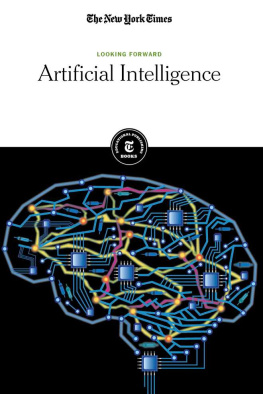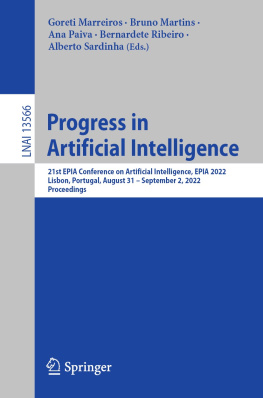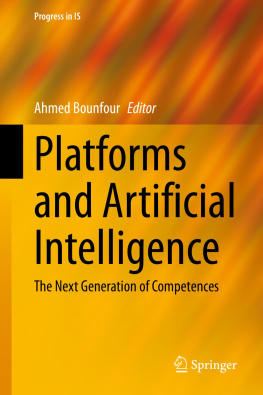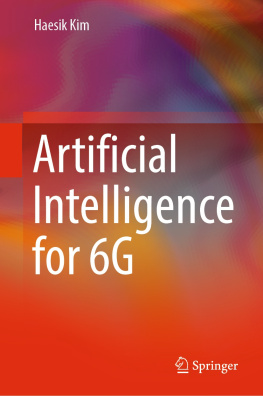________________________________________________
Meta-Scientific Study of Artificial Intelligence
____
edited by
Elena G. Popkova
MGIMO University
Victoria N. Ostrovskaya
Center for Marketing Initiatives
INFORMATION AGE PUBLISHING, INC.
Charlotte, NC www.infoagepub.com
Library of Congress Cataloging-in-Publication Data
A CIP record for this book is available from the Library of Congress
http://www.loc.gov
ISBN: 978-1-64802-515-0 (Paperback)
978-1-64802-516-7 (Hardcover)
978-1-64802-517-4 (E-Book)
Copyright 2021 Information Age Publishing Inc.
All rights reserved. No part of this publication may be reproduced, stored in a
retrieval system, or transmitted, in any form or by any means, electronic, mechanical,
photocopying, microfilming, recording or otherwise, without written permission
from the publisher.
Printed in the United States of America
_____________________________________________
Meta-Scientific Study of Artificial Intelligence
_____
A volume in
Advances in Research on Russian Business and Management
Elena G. Popkova, Series Editor
Chapter 1
Challenges of the Modern Global World
Dialetics of Scientific and Technological Development and Property Relations
Dmitry P. Sokolov
Financial University
Angelica P. Buevich
Financial University
Abstract
The property relations comprise a dialectical unity of the relations of appropriation and alienation of means of production, labor and results of labor in the phases of production, distribution, exchange, and consumption of the process of social reproduction. Transformation of property relations is a permanent process of change of the system of property relations, its elements and links between them, determined by the dynamics of development of production methods (both basic and additional) within the framework of this socioeconomic system.
The modern Russian system of property relations is determined by the dialectics of the development of productive forces and industrial relations both at the national and global level, based on the logic of the functioning of the geo-economic system, the constituent element of which is the domestic economic system. The Russian Federation is characterized by a special peripheral system of relations of appropriation of alienation, the key element of which is the integration into the world system of division of labor of the main industries in the field of mining and their primary processing followed by nonequivalent exchange of goods in international trade for high-tech goods with high added value. Within the framework of such a system of exchange and the corresponding institutional structure of the Russian economy, national enterprises producing high-tech and knowledge-intensive products are separated from development, which negatively affects the national security of Russia and the implementation of national economic interests in general.
The intensive development of convergent NBIC-technologies in the last decade in the context of the crisis state of the global economy indicates the formation of a new long cycle of technological development, which would result in expansion of markets with the reformatting of the world system of division of labor (Akaev, 2014, p. 37). Over the past decade, advanced industrial countries have been actively competing to build national innovation systems which due to accelerated introduction of advanced technologies could ensure higher profitability of production and the financial sector and, consequently, higher rates of economic growth through the maximum intellectual rent arising in such conditions (Tolkachev, 2017, para. 6).
The implementation of Russias industrial policy to create competitive high-tech industries largely depends on the current system of appropriation and alienation relations in the country.
Methodology
This chapter analyzes the special features of modern processes of development of nano- and bio-information and cognitive technologies as a factor of transformation of the geo-economic system. The process of replacing key technologies with the latest ones is defined in the economic literature in different ways: as a change of technological orders, as a change of technological paradigms (K. Freeman), as a transition from one innovation pause to another (Frolov, 2013).
Results
The sixth technological order is developed on the basis of existing production of the fifth order: it is emerging, forming a specific superstructure over the production of the fifth order, is forming its own technological, industrial, and marketing base and is developing steadily to reach the limits of growth (Figure 1.1).

Figure 1.1 The emergence and development of a new technological order .
The change of technological orders in the global economy creates uncertainty about global leadership: new markets are emerging spontaneously, and as they are not yet divided, competition for leadership among national innovative industrial systems is becoming increasingly fierce. The capture of new high-tech markets means nonequivalent foreign trade exchange, that is inflating the price of goods by an amount equal to intellectual rent, due to monopoly access to appropriate production technologies (Glazyev, 2010). As a result of nonequivalent exchange, the centro-peripheral system of world reproduction is constantly reproduced. The most technologically advanced countries, to which the value-added chains are moving, constitute the core of this system that can be seen in Figure 1.2. The process of changing the technological order starts the mechanism of reformatting the core-peripheral relations: the periphery countries get a chance to develop, and the core countriesthe risk of losing global leadership (Alpidovskaya, Gryaznova, & Sokolov, 2018, p. 643).
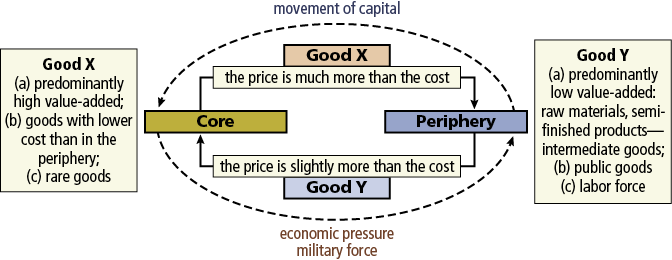
Figure 1.2 Trade turnover in the centro-periphery system.
The development within the national economy of globally competitive industries of the sixth technological order involves two main points: innovation activity (generation of innovations and their introduction into production) and the availability of sufficient resourcesfinancial, logistic, and intellectual.
The concentration of all types of resources in the core countries of the current systemthe United States, Japan, and the European Unioncorresponds to large-scale national innovation development programs (Arkhipova, 2014). According to the World Bank, in 2012, the leaders in the volumes of high-tech exports were China (over $500 billion), Germany, the United States, Singapore, Japan, Korea and France ($100$180 billion); the 29th place in the ranking with a result of $7 billion is taken by Russia (The World Bank, 2014). Thus, China, Korea, Singapore also have a significant resource in building an effective innovation systemin these countries, in addition to a developed industrial, scientific and technical base, there is a high level of innovation activity (GII, 2014).
In the context of competition of national innovation systems for the emerging markets of new products, it is expected to restructure the relations of nonequivalent exchange in international trade, which can subsequently lead to the restructuring of the centro-peripheral system of global appropriation and alienation. There are three variants of reformatting: (a) conservation of the current core of the system, (b) the transfer of the core of the system (a cluster of transnational corporations) to the countries of the Asia-Pacific region, (c) the disintegration of the global economy into regional systems of division of labor with its financial infrastructure and markets (Moscow Economic Forum, 2014).
Next page

